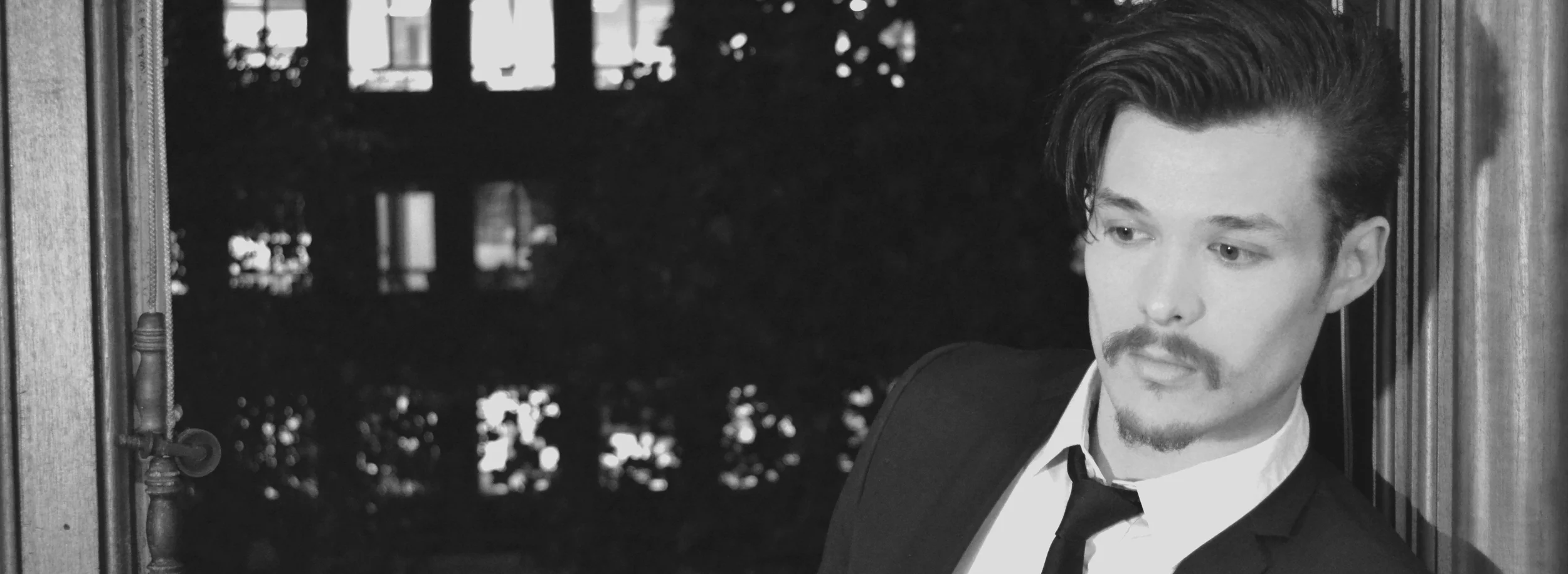If you grew up in Australia (also apparently New Zealand and the USA) in the early 2000s, an advertisement for Old El Paso tacos is as prescient in your memory as it was mildly culturally offensive. In a small cartoonishly depicted Mexican town, two families battle in the age-old war between soft and hard taco shells. The saviour? A small girl, who shrugs her shoulders and asks, ‘Por qué no los dos?’
A similarly effervescent and socially relevant debate to the taco crisis of the early millenia is currently undergoing in the classical music industry of Great Britain, with shocking developments emerging from Birmingham: the CBSO orchestral marketing department daring to break one of the key tenets of orchestral etiquette by encouraging concertgoers to utilise the camera function on their app. (Until this point, the three tenets of orchestral concerts were: 1) Programme Beethoven at least once per week, 2) Applause is not welcome except at the right points, but hard candy foil wrappers are allowed always, and 3) Ask the audiences to turn of their phones, mere decades after the ‘silent’ function was designed).
Needless to say, the response has been catastrophically controversial: as with anything mild that affects the status quo within classical music spheres, it has led to a range of discussions and debates about the utility of modern technology in concert experience, versus the sanctity of silence and tradition in the concert hall. Unfortunately, like many topics that divide our society these days, both arguments are valid and relevant, and therefore unlikely to move forward at any good rate.
Part of the issue is the blanket-coverage approach to innovation: when administrators or marketers want to make a change, they tend to try and paint over every person in the organisation in order to fulfil the goal. That’s how you end up trying to convince a veteran player who has spent forty-plus years propping up the second violins in a flailing orchestra to up their social media game, only to be met with bewildered glares and frustration. Similarly, it seems no one asked Ian Bostridge (who complained about being filmed because of the unexpected distraction from the lights of the cameras) whether he was up for this change in etiquette during a performance at the Birmingham Symphony Hall.
Just as simply putting a crown on a frog’s head doesn’t turn it into prince, allowing patrons to film bona fide traditional and conservative (not derogatory) performers won’t lead to their embrace of new communication channels. Coercing conductors to talk from the stage to their audiences also won’t do much, unless they happen to be predisposed to doing so naturally. But luckily these venues tend to have more than a handful of concerts per year, and with the exorbitantly large team behind the production and programming, wouldn’t it benefit those making decisions to directly involve the artists gracing the stage into the experience design aspects of the concerts?
Just as the innovators try and change entire organisations, so do the conservators who try and hold everything back to ‘how it has always (not always) been’. Neither approach seems predetermined for victory – but in an industry where memorable concerts are lost in the sea of ‘same-same’ performances and standards, surely a diverse range of concert experiences within a venue would offer more value to a diverse range of audiences. This could be as basic as a conductor speaking from the stand (because they genuinely want to), a projection of a film behind the orchestra, or even allowing audiences to film a performer who isn’t distracted by it; or could be as crazy as Igor Levit and Marina Abramovic’s collaboration at the Lincoln Centre, or performance by the San Francisco Symphony Orchestra, presenting Scriabin’s Prometheus in collaboration with Cartier designing the fragrance element.
With one side shouting ‘down with tradition!’ and the other side reinforcing the entrenched gatekeepers of classical music, maybe what we really need is a level-headed five-year old Mexican girl to come along and ask ‘Por qué no los dos?’


